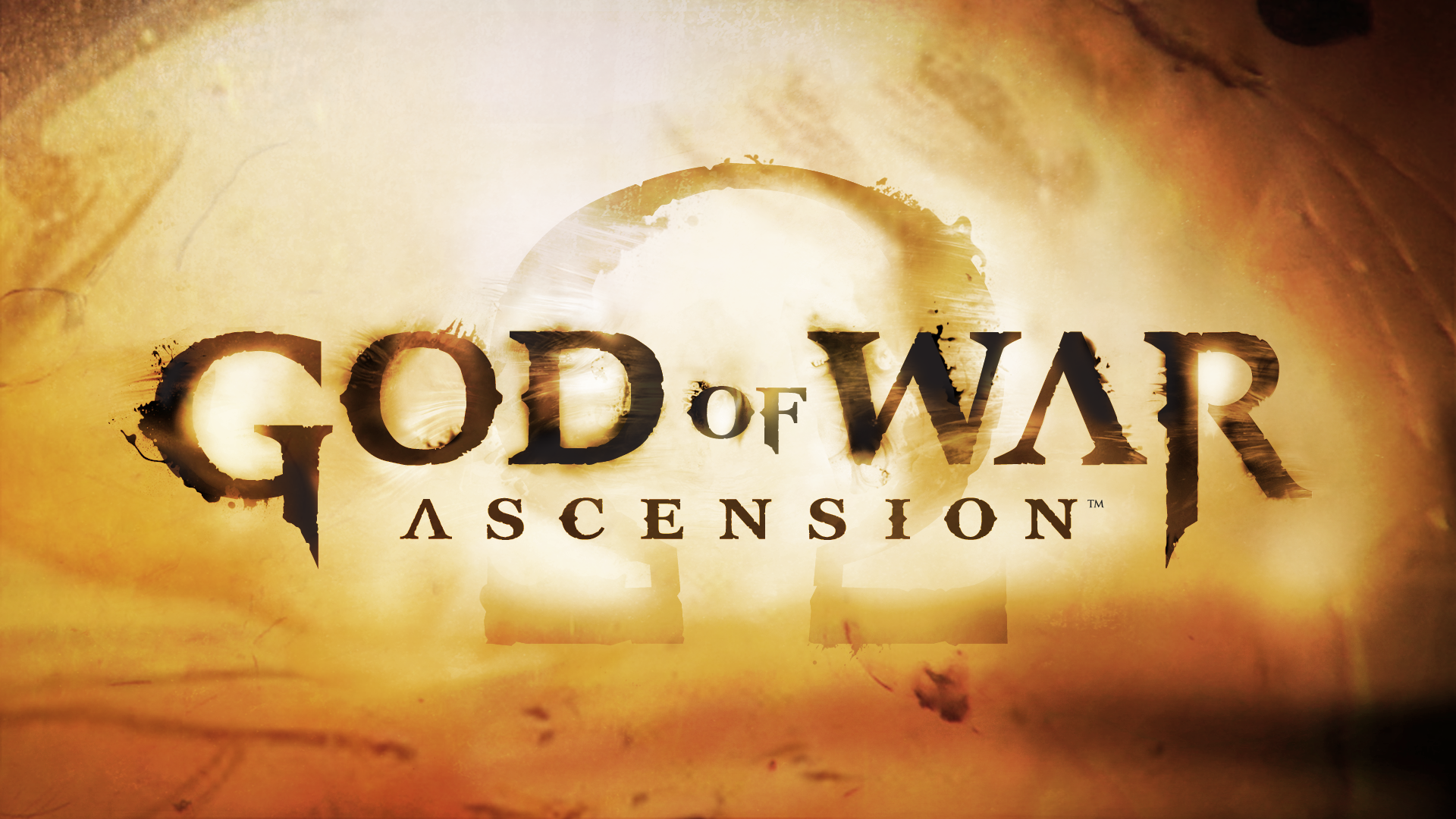It’s time again for the Summer of War. This time we’re taking a look at God of War: Ascension, the final game released for the PS3 and a game that seems like the black sheep of the saga. Plenty of people love it, but for a lot of players, fatigue set in after doing the same thing for five games in a row.
How does it hold up? Is this an underrated gem or is this the point where the series started to give out diminishing returns? Find out now, and check out previous reviews of the series if you need a refresher:
- God of War I Review
- God of War II Review
- God of War III Review
- God of War: Chains of Olympus Review
- God of War: Ghost of Sparta Review
God of War is a series that doesn’t have a stinker in the bunch. Every game has a score of at least 80 on Metacritic, including the two PSP installments we talked about last time.
It even had a mobile phone game that is more impressive than it has any right to be. Cleary, Santa Monica Studios knows what it’s doing with the series.
Yet in a series spanning seven games, one is going to be looked at as the worst, the black sheep of the family, and that is the general consensus I found about Ascension, which was released on March 12, 2013.
Ascension is a prequel to the entire saga, introducing new antagonists called the Furies. After the conclusion of the series saw an open ending with Kratos possibly still alive after throwing Olympus into ruin, fans may have been angry in seeing the next mainline installment released three years later go back to the beginning.
However, the game brings a lot to the table, and while it has its fair share of issues, I think it’s still a worthy addition to the franchise and a clear example of the consistency of the series.
Furies of the Storm (Spoilers below)
Ascension takes place roughly 10 years before the events of God of War I and occurs six months after Kratos is tricked into murdering his wife and daughter by Ares.
He breaks his bond with the God and is pursued by the Furies, three sisters who are primordial beings that lived before the Greek Gods and Titans that Zeus uses to torture those that break their oaths sworn to the Gods.
The Furies begin conjuring visions and tricks to torture and lure Kratos into their grasp but Orkos, the child of Ares and Alecto, the Queen of the Furies, offers him help and tells him where to get artifacts that can defeat the sisters.

With that, the Spartan travels through the desolate town of Delphi and fights his way through the temple to reach the oracle Aletheia, who in her dying moments gives him the Amulet of Uroborus, which can rebuild or destroy structures.
He next goes to the island of Delos, which houses an artifact that can repel the magic of the Furies. It is locked within a giant statue of Apollo erected by Archamidies.
However, his efforts are in vain, as the sisters ambush him shortly after he finds it and he is captured and trapped in the Prison of the Damned, a torture chamber for oath breakers made out of the body of Aegaeon the Hecatonchires, the first person to ever break an oath to a God.
In captivity, one of the sisters, Megaera taunts and beats Kratos, as he cut off one of her arms in the struggle. She unknowingly breaks Kratos’ restraints and he escapes, leading a desperate bid to kill the sisters and leave the living prison.
After a long struggle in which he slowly takes back the artifacts he found earlier, he kills the Furies one by one and destroys the prison.
However, Orkos, who has aided Kratos throughout the journey, was made his oathkeeper and must be killed to free both men from their bonds to Ares. Kratos kills him reluctantly and immediately has the nightmares that plague him for most of the series.
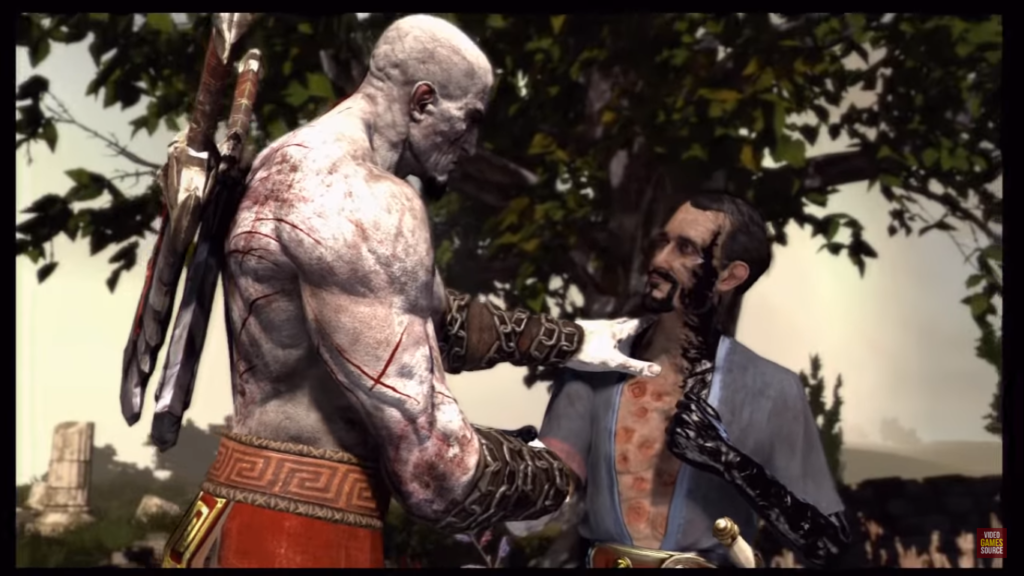
He burns his home and seeks redemption through service to the Gods.
I described the plot in chronological order. In actuality, the game starts you out trapped in the Prison of the Damned and begins with your escape. Once you kill Megaera you flashback to Kratos’ house and his journey to the Oracle of Delphi. After making it through that section, it flashes forward to Kratos continuing his escape from the prison, and so on and so forth.
It’s a trope that is used too often in stories and it really felt like they started with this sequence so that there was a huge crazy opening following the trend of every game in the series.
I think it would’ve been more impactful to open with Kratos fighting off the visions in his mind, and actually show some emotion at the situation he was in. Maybe then Orkos finds him and starts him on his quest. It would be a more understated opening that wouldn’t feel like more of the same.
It would also make the Furies out to be a bigger deal, as they loom over your quest as an unseen evil, and the moment when they first ambush you would be more impactful.
They already seem kinda weak when you kill one of them in the first hour of gameplay.
Overall, Ascension’s story isn’t bad but is rather paint by the numbers. Kratos has nightmares, has some being make him chase after a magic Mcguffin (or two in this case) and then he kills everyone.
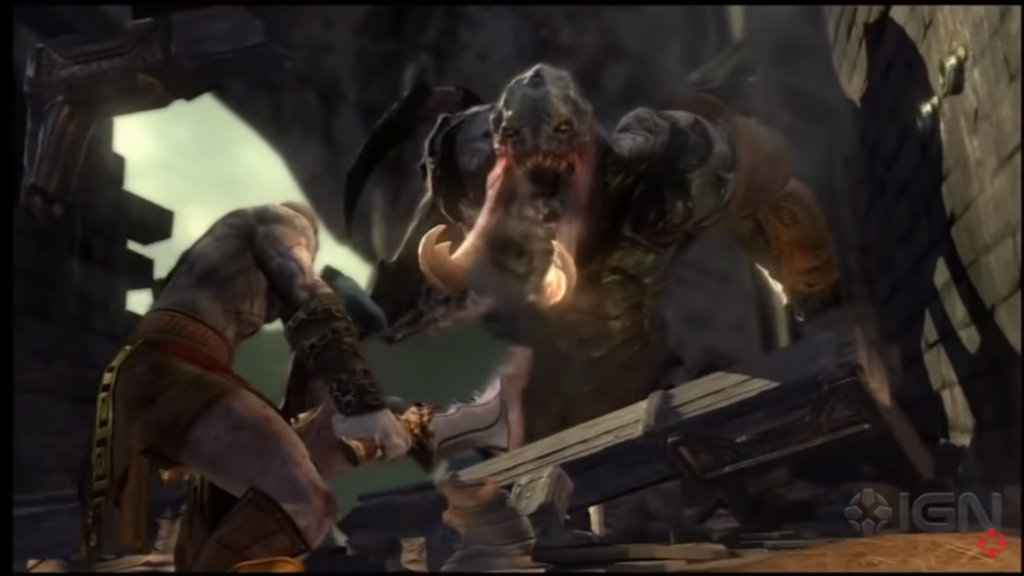
New Tricks
The gameplay is still quite similar to the rest of the games in the series, with some new bells and whistles thrown in.
Kratos still slices his foes into little pieces with the Blades of Chaos and has an impressive arsenal of combos at his disposal. He can also use magic attacks and there are sections of platforming in between battles with huge monstrous enemies.
Magic works differently this time around as the blades are infused with the elements of the most prevalent Greek gods.
This includes the Fire of Ares, the Ice of Poseidon, the Lightning of Zeus and the Soul of Hades. Each one brings its own magic attack that needs to be bought and offers different effects when combos are high enough depending on the element. It all works well, but it isn’t anything new.
Kratos is also able to use the blades as a tether, holding enemies in place and throwing them into other foes as well. It is also used in several of the games’ puzzles.
Another new mechanic is Kratos’ ability to climb walls in a similar fashion to Assassins Creed or the Uncharted games. He can scale sides of buildings and traverse ruins that have been destroyed.
While it was introduced in very short bursts in Ghost of Sparta, Ascension features a heavy amount of sliding down surfaces to traverse the huge levels. It’s a lot of fun and is a nice way to break up the monotony of the familiar series gameplay.
Other gadgets include the Amulet of Uroborus, a necklace that controls time and is used to either repair or decay structures for both platforming and puzzles. The Oath Stone of Orkos creates a clone of Kratos that can stand on pressure plates, keep switches pulled back and help out in combat.
Both of these are very cool additions to the formula and are enough to stand out from some of the other abilities Kratos gets through the whole saga.
Ascension has a good amount of changes made to the combat and platforming that keep it from feeling as stale as it should have.
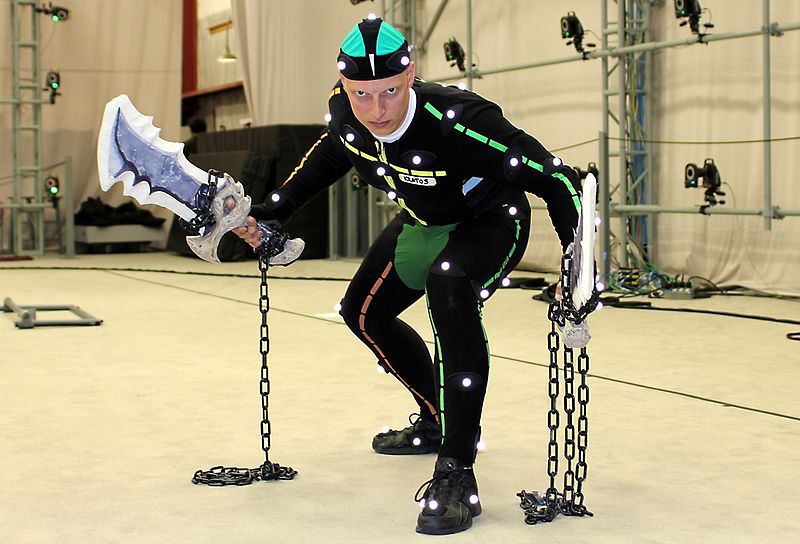
The Prettiest God of War Game (So Far)
While it can be said Ascension lacks ambition in terms of gameplay, Santa Monica Studios went balls to the wall with the game’s presentation.
Kratos’ model looks even better and more detailed than the one from God of War III and the various setpieces and structures you fight through are more intricate than ever.
For example, the Prison of the Damned is a living, breathing person stretched out to hold some of the most heinous prisoners in existence. The walls are the right amount of flesh and bone melded together to look unsettling.
Another impressive environment was the path to get to the Temple of Delphi. In it the player must activate and ride a series of giant mechanical snakes to activate the bridge to the temple. It is an impressive labyrinth with a lot of moving parts and detailed areas of where others had entered or gotten into scuffles on the massive snakes, helping show that Kratos was far from the only explorer to take this path.
The boss battles and models look crisp and have good concepts attached to them. Each Fury is distinct with its own style, color pallet and personality.
The music is the same bombastic orchestral score used in previous games, and it hits all the high spots, adding tension in the most intense battles while providing more laid back melodies for the somber story beats.
All of the voice acting is solid as usual, Linda Hunt is the narrator once again and has a lot of expository dialogue to spout out in the intro. The Furies voices are well done as is Orkos, played by prolific video game voice actor Troy Baker. It seems like Kratos doesn’t talk nearly as much in this game as usual, but that could also be chalked up to his deteriorated mental state in the context of the story.
While Ascension lacks some of the real magic fire in the story and gameplay departments of its predecessors, it still is a beauty to behold and a joy to listen to. I definitely think in terms of raw graphics and stage design it’s the strongest out of the original hack and slash series.
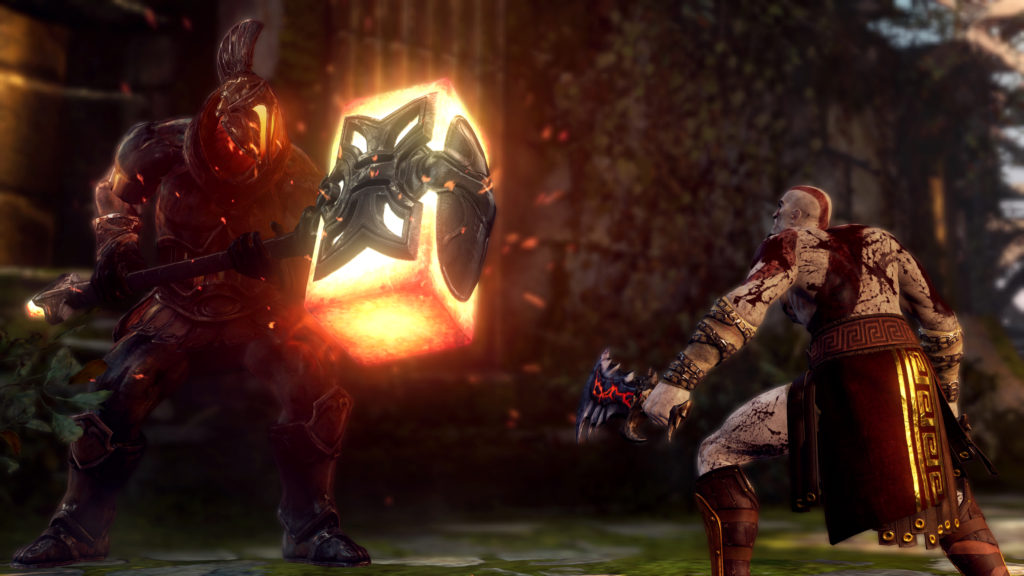
Prequelitis
However, I do want to point out the similarities between Ascension and another prequel to a beloved series released in 2013: Batman: Arkham Origins.
A prequel to the Batman: Arkham series, it was developed by Warner Bros. Montreal and released to capitalize on the series during the long wait between Arkham City (2011) and the finale to the franchise Arkham Knight (2015).
The critical response was similar to Ascension with praise going to the gameplay and graphics (except for the PC version, which was riddled with bugs) and critique towards the plot. They also both featured Troy Baker in a prominent role (Baker took over the role of The Joker for the game after Mark Hamil retired the voice).
But both games suffer from the many problems that come with making a prequel.
First, going all the way back to the beginning of a story can create plot holes or whisk away the mystique of a character.
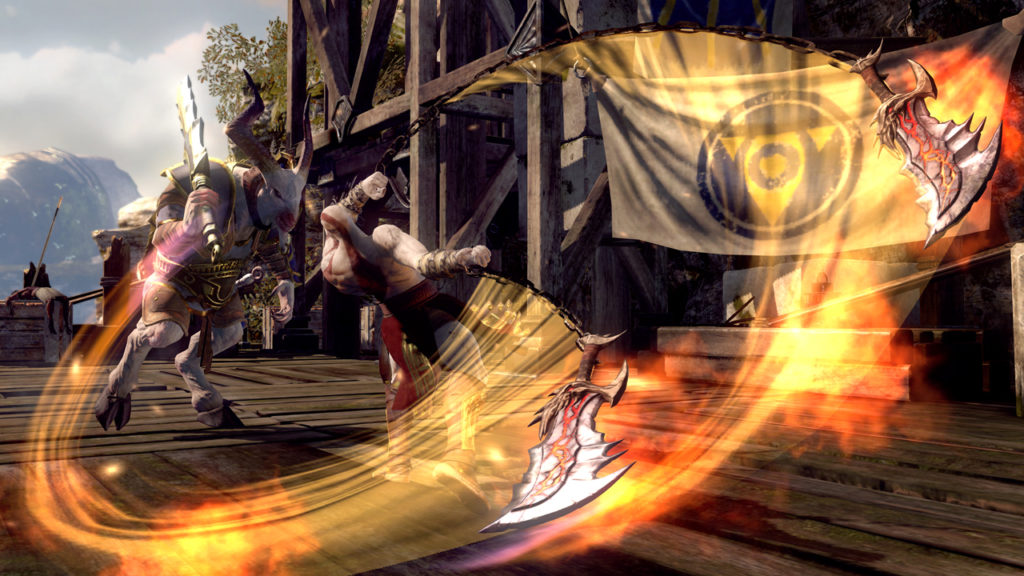
Kratos always felt like a guy who was a great earthly warrior but had no chance against a godly threat like Ares until after the first God of War. Then he became the Godslayer, a true badass for all of Olympus to fear.
Yet in this game he kills the three Furies, beings that predate the Greek Gods, in relatively short order and such a feat feels like it should be mentioned in every game that follows, but it isn’t. It reeks of just something the developers had to come up with as an excuse to make a new game.
I couldn’t really find any plot holes, so however unnecessary the story was, it still was tightly written in the continuity of the series.
This game does fall into another prequel trope, which is giving the player character new powers and abilities that aren’t present in future games, and not providing an explanation for their disappearance.
An example of this is the various magic items Kratos receives in this game. Artifacts that can make a duplicate of himself, rebuild fallen structures and using his chains as a tether would’ve been pretty useful during the rest of the series, but they were thought up specifically for this game and never returned, similarly to the Gauntlet of Zeus from Chains of Olympus.
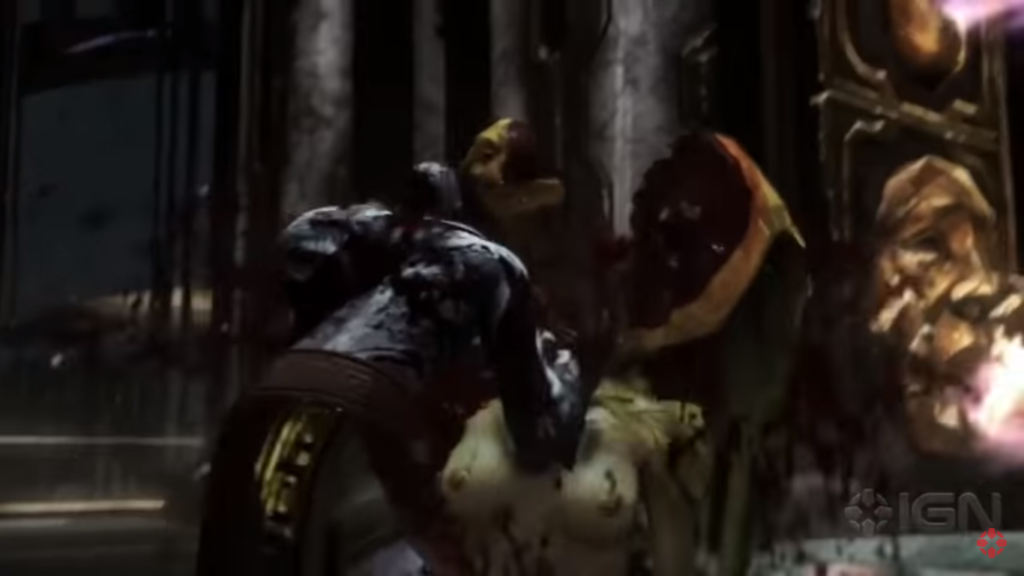
Breaking Tradition
As a side note, Ascension is the first game in the series to have multiplayer options. I didn’t have any friends to play with and the server was pretty dead every time I tried to get into a match.
This was the big marketing push to get people to play the game in addition to the single-player mode, and the general consensus seems that people enjoyed the concept and execution but criticized its lack of depth. For all intents and purposes, this review is just based on the single-player experience.
Also, this game breaks many traditions in the saga. Instead of manually saving the game at a beam of light, it autosaves and includes a chapter select screen.
The red orb chests are now smashed open (which is very satisfying), the sex minigame is gone and Kratos’ face isn’t front and center in the title screen. It feels like a more modernized God of War game, which comes with positives and negatives.
Ascension had a lot of DLC content, and almost all of it was relegated to the multiplayer mode.
But perhaps the most glaring omission is the lack of any extra content after beating the game, sans a New Game+ mode. There is no combat arena, nor a place to watch all of the cutscenes. There are no behind the scenes videos to find, and the unlockable costumes are just armor sets that look kinda samey. Where is the goofy stuff like Kratos as a potato?
In some ways, it feels that Ascension lacks some of the charm and tender loving care that made this series stand out.
The Verdict
God of War: Ascension has some issues. This might be the most negativity I’ve thrown at one of these games, and I feel that’s a statement to how consistent and how much quality these games continue to have.
For all of the faults this game has in the charm and plot department, it is still God of War. It’s still a showcase for huge setpieces and extremely tight and satisfying gameplay.
It’s not essential material, but if you’ve fallen in love with the series like I have or just want an excuse to play more of these games, you’ll find something to enjoy for a while.
Rating: 7/10
Ascension isn’t bad by any means, but playing through it made me more and more excited for the next game, God of War (2018). The series was thrown into a different mythology, and the entire gameplay style was changed completely.
The game is incredibly long and with schoolwork and other Clarion business taking priority through the fall, it might take a while for the review to come out.
See you next time for the thrilling conclusion of the Summer of War.
Henry Wolski
Associate Editor

